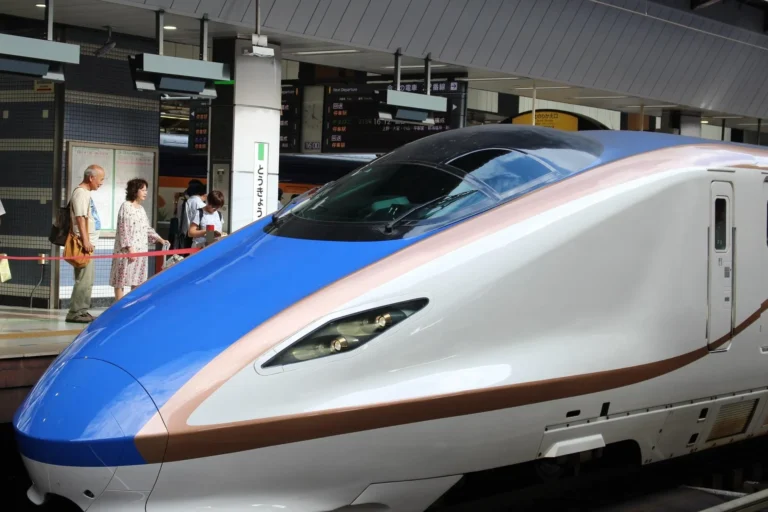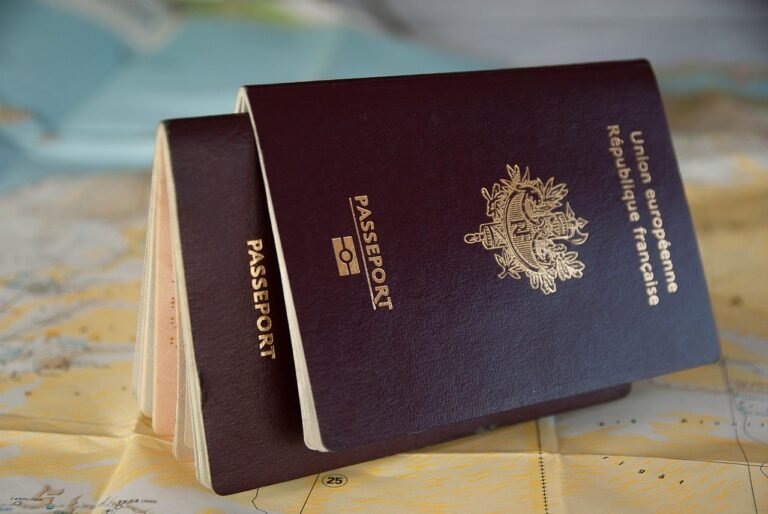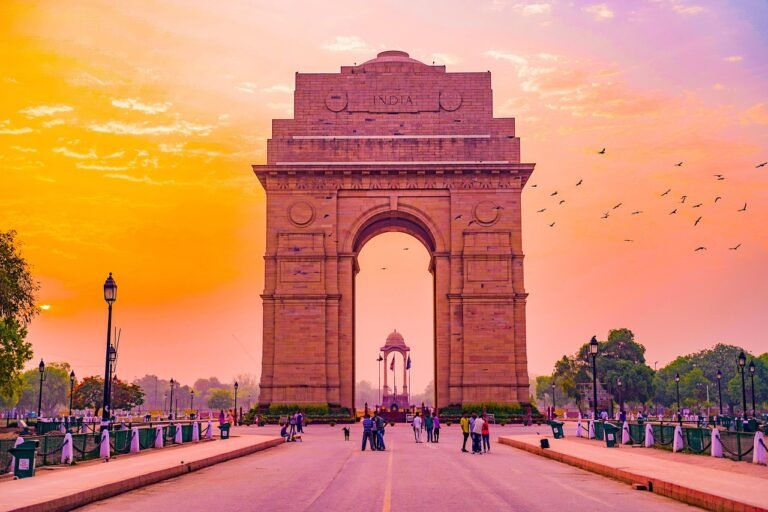Trying to pin down the “most exciting country in Asia” feels a bit like trying to pick your favorite star in a sky bursting with constellations. Asia isn’t just a continent; it’s a whole mood, a sprawling canvas painted with every shade of culture, cuisine, and chaos imaginable. Tempting fate by claiming one country rises above the rest risks selling short a million wildly different experiences and realities. Yet, that’s exactly the job at hand. So, buckle up.
Excitement here isn’t just measured by neon-lit skylines or ancient temples. It’s a cocktail—a heady mix of bustling street markets, futuristic tech hubs, deep traditions, and unpredictable adventure. It’s the collision of old and new, of serene landscapes shattered by the roar of motorcycles, and the quiet calm punctuated by raucous festivals. You’ll find a dizzying array of languages, cuisines that challenge and comfort in equal measure, and people who live at a pace that can be both exhilarating and exhausting.
Does excitement mean nonstop party energy? Or something subtler, like finding beauty in unexpected corners? Maybe it’s a little bit of both—or neither. Asia’s allure is built on its contradictions, and its excitement lies in fragments you can’t quite predict or pin down. So, if you’re hunting the most exciting country here, prepare for a wild, imperfect, absolutely human ride.
The Impossible Task of Ranking Asian Countries
Here’s the thing about Asia: it’s not just big, it’s mind-bogglingly vast in every sense. We’re talking about a continent where you can ski in the morning in Japan and be sweating through your shirt in tropical Singapore by evening. Where ancient temples sit next to gleaming skyscrapers, and where a single country might have 800 languages (looking at you, Papua New Guinea).
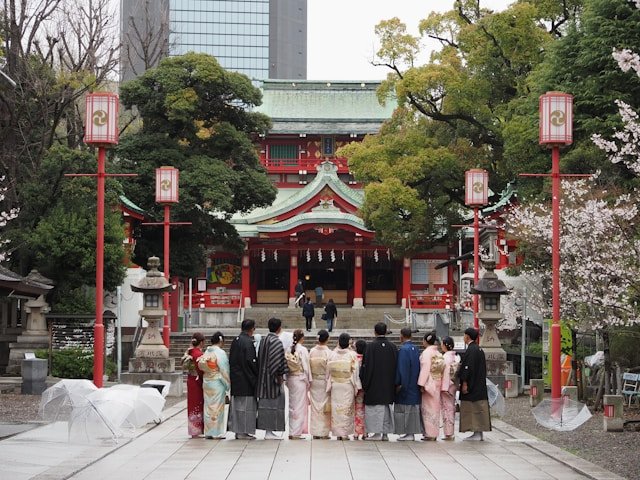
I remember standing in a night market in Taipei, overwhelmed by the sensory chaos—the sizzling of stinky tofu, neon signs buzzing overhead, and the melodic chatter of Mandarin mixing with Taiwanese. That’s when it hit me: every corner of Asia offers something you simply can’t find anywhere else on Earth.
My Pick: Japan Takes the Crown (But Hear Me Out)
After much deliberation and perhaps too much sake-fueled contemplation, I’m putting Japan at the top of my list for most interesting Asian country. Before you start typing angry comments about how I’m just another weeb obsessed with anime, let me explain.
The Beautiful Contradictions
Japan is fascinating precisely because it makes no sense—and somehow, that makes perfect sense. It’s a country where bullet trains arrive with Swiss precision, but people still queue for hours to try the latest Instagram-worthy dessert. Where ancient Shinto shrines coexist peacefully with robot restaurants, and where the same person who bows respectfully in a traditional tea ceremony might be dressed as a anime character in Harajuku on weekends.

I once spent a morning meditating with monks at a 1,200-year-old temple in Kyoto, then that afternoon found myself in a Tokyo café where a robot served me coffee while cats wandered freely between tables. Try explaining that cultural whiplash to someone who’s never been.
The Attention to Detail
The Japanese approach to craftsmanship borders on the obsessive—and I mean that in the best possible way. Whether it’s the perfect curve of a katana blade, the precise angle of cherry blossom petals in a floral arrangement, or the way a sushi chef spends decades perfecting the temperature of rice, Japan elevates everyday activities to art forms.
This isn’t just tourist fluff, either. I watched a elderly man in Osaka spend twenty minutes arranging vegetables at his small corner shop, ensuring each carrot was positioned just so. That level of care extends to everything from their postal system to public restrooms that could double as luxury spas.
The Strong Contenders (Because Asia is Incredible)
India: The Sensory Overload Champion
If Japan is interesting for its contradictions, India wins for sheer sensory bombardment. It’s a subcontinent where every street corner tells a thousand stories, and where “controlled chaos” isn’t an oxymoron—it’s a way of life.
The diversity here is staggering. You’ve got the snow-capped Himalayas in the north, tropical beaches in the south, and enough cultural, linguistic, and culinary variation to keep anthropologists busy for centuries. Plus, where else can you find a country with more than 2,000 distinct ethnic groups speaking over 700 languages?
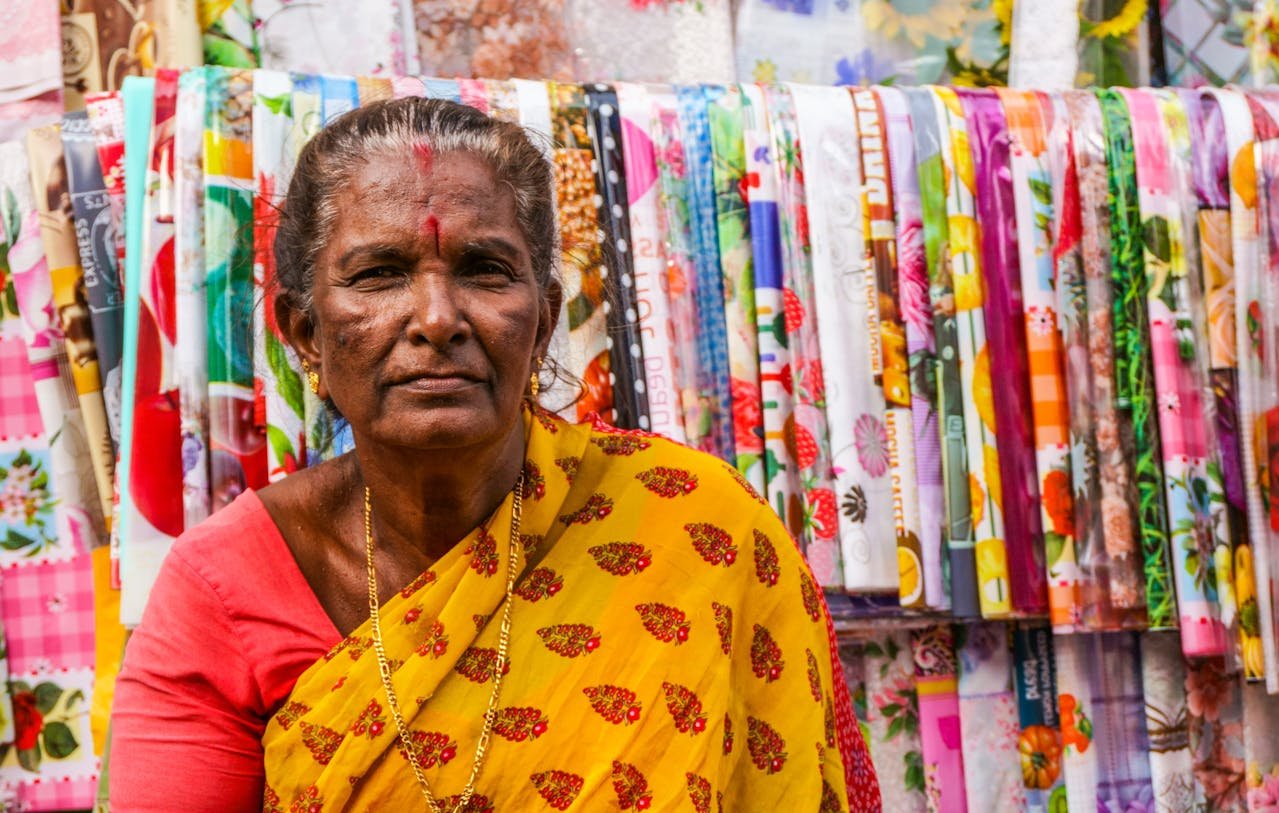
China: The Ancient Meets Ultra-Modern Paradox
China deserves serious consideration for being simultaneously ancient and futuristic. One day you’re walking along the Great Wall contemplating 2,000 years of history, the next you’re in Shenzhen watching drones deliver your lunch while paying with facial recognition technology.
The scale of everything in China is mind-bending. They’ve got cities you’ve never heard of with populations larger than most countries. And don’t get me started on the food diversity—saying you like “Chinese food” is like saying you enjoy “European cuisine.” Which part of Europe, exactly?
Thailand: The Perfect Introduction to Asia
For many travelers, Thailand serves as their gateway to Asia, and for good reason. It’s got the exotic appeal newcomers crave—stunning temples, incredible street food, tropical beaches—but with enough infrastructure to keep first-time Asia visitors from feeling completely overwhelmed.
Thailand strikes this remarkable balance between preserving its cultural identity and embracing tourism without completely selling out. Sure, some areas have become tourist traps, but venture beyond the beaten path and you’ll find authentic experiences that’ll stick with you for years.
The Dark Horses Worth Considering
South Korea: The Cultural Juggernaut
Thanks to the Korean Wave (Hallyu), South Korea has become impossible to ignore. K-pop, K-dramas, Korean beauty products, Korean BBQ—they’ve managed to export their culture globally while maintaining their distinct identity.
Seoul feels like a city from the future, with technology integration that makes Silicon Valley look quaint. Yet traditional elements persist in surprising ways. I stumbled upon a traditional hanbok rental shop wedged between a Samsung store and a BTS merchandise outlet. Only in Korea.
Singapore: The Efficiency Marvel
Singapore might be small, but it punches way above its weight class. It’s a country that turned itself from a developing nation to a global powerhouse in about 50 years—which is basically the blink of an eye in historical terms.
The food scene alone makes Singapore worth visiting. Where else can you get Michelin-starred hawker stall food for under $5? Plus, it’s probably the only place where being caught with chewing gum is more scandalous than most people’s weekend plans.
What Makes a Country “Interesting” Anyway?
Before we go further, let’s address the elephant in the room: what does “interesting” even mean? For me, it comes down to a few key factors:
- Cultural depth and complexity: How many layers does this place have?
- Unique experiences: Can I do things here I can’t do anywhere else?
- Historical significance: What stories do the streets tell?
- Modern relevance: How is this place shaping the future?
- Personal transformation potential: Will I leave here different than I arrived?
Using these criteria, Japan consistently ranks high across all categories. But honestly, your mileage may vary depending on what floats your boat.
The Reality Check: It Depends on You
Here’s some free advice I wish someone had given me years ago: the most interesting country in Asia is probably the one that challenges your preconceptions the most. If you’re a city person, rural Bhutan might blow your mind. If you’re into ancient history, Cambodia’s Angkor complex could change your perspective on civilization itself.
I’ve met travelers who found Mongolia fascinating because of its nomadic culture and endless steppes. Others became obsessed with Myanmar’s complex political situation and stunning temples. Some fell hard for the Philippines’ island-hopping possibilities and warm hospitality.
Planning Your Asian Adventure
Budget Considerations
Let’s talk money, because pretending budget doesn’t matter is naive. Countries like Japan and Singapore will drain your wallet faster than a broken dam, while places like Vietnam, Cambodia, and parts of India offer incredible value for money.
Here’s a rough breakdown of daily budget ranges:
| Country | Budget Range (USD) | Sweet Spot |
|---|---|---|
| Japan | $80-200+ | $120-150 |
| Singapore | $60-150+ | $80-120 |
| Thailand | $25-80 | $40-60 |
| Vietnam | $15-50 | $25-35 |
| India | $10-60 | $20-40 |
Timing Your Visit
Asia’s size means weather patterns vary dramatically. Japan’s cherry blossom season (March-May) is magical but crowded and expensive. India’s best weather is during the dry season (October-March), while Southeast Asia’s shoulder seasons often offer the best balance of good weather and fewer crowds.
Cultural Preparation
Do yourself a favor and learn at least basic greetings and customs before you go. Nothing marks you as a thoughtful traveler quite like knowing how to bow properly in Japan or understanding the concept of “face” in China. Small gestures, big impact.
My Personal Asia Hierarchy (Subject to Change)
After all this rambling, here’s my current ranking of most interesting Asian countries:
- Japan – For reasons already explained
- India – Pure sensory and cultural overload
- China – Ancient wisdom meets sci-fi future
- South Korea – Cultural export powerhouse
- Thailand – Perfect blend of accessibility and authenticity
But ask me again next year, and this list might look completely different. That’s the beauty of Asia—it keeps evolving, just like your perspective as a traveler.
The Bottom Line
Choosing the most interesting country in Asia is a beautiful problem to have. It means you’re spoiled for choice in a region that offers everything from the world’s highest peaks to some of its most pristine beaches, from cutting-edge technology to ancient wisdom traditions.
My vote goes to Japan for its fascinating contradictions and attention to detail, but honestly? The most interesting Asian country is whichever one you haven’t been to yet. So stop overthinking it, pick one that sparks your curiosity, and book that ticket.
Trust me, once you start exploring Asia, you’ll understand why so many of us become completely addicted to this part of the world. Just maybe skip the mysterious street food on your first day—learn from my mistakes.
Frequently Asked Questions
Question: Which Asian country is best for first-time visitors? Ans: Thailand and Singapore are excellent starting points due to their tourism infrastructure, English-speaking populations, and relatively easy navigation for newcomers to Asia.
Question: What’s the cheapest Asian country to visit? Ans: Countries like Cambodia, Vietnam, Nepal, and parts of India offer excellent value for money, with daily budgets as low as $15-25 including accommodation, food, and activities.
Question: Which Asian country has the best food scene? Ans: This is highly subjective, but Japan, Thailand, India, and Singapore consistently rank among the world’s best culinary destinations, each offering distinct flavors and dining experiences.
Question: Is it safe to travel solo in Asia as a woman? Ans: Many Asian countries are very safe for solo female travelers, including Japan, Singapore, South Korea, and Taiwan. Research specific regions and take standard safety precautions.
Question: What’s the best time to visit Asia? Ans: This varies dramatically by region. Generally, October to March offers pleasant weather for most of Southeast Asia and India, while spring (March-May) is ideal for East Asia.
Question: Do I need visas for most Asian countries? Ans: Visa requirements vary by your nationality and destination. Many countries offer visa-free entry or visa-on-arrival for tourists, but always check current requirements before traveling.
Question: Which Asian country is most English-friendly? Ans: Singapore, Malaysia, Philippines, and Hong Kong have widespread English usage. Japan and South Korea have improving English signage in tourist areas, though communication can still be challenging.
Question: What’s the most culturally diverse Asian country? Ans: India stands out with over 2,000 ethnic groups and 700+ languages. Indonesia, China, and the Philippines also showcase remarkable diversity within their borders.
Question: Which Asian destination offers the best value for luxury travel? Ans: Thailand, Vietnam, and parts of India offer luxury experiences at fraction of Western prices. You can enjoy 5-star resorts, spa treatments, and fine dining for significantly less.
Question: How long should I plan for my first Asia trip? Ans: For a meaningful experience, plan at least 2-3 weeks. This allows time to adjust to jet lag, experience multiple destinations, and truly absorb the cultural differences without feeling rushed.
Top Travel Resources and Recommendations
Booking Platforms
- Booking.com – Comprehensive accommodation options across all Asian countries
- Agoda – Asian-focused platform with excellent deals on hotels and unique stays
- Klook – Activities and experiences booking, particularly strong in Asia
- 12Go Asia – Transportation booking for buses, trains, and ferries across Asia
Transportation
- Japan Rail Pass – Essential for extensive train travel in Japan
- AirAsia – Budget airline covering much of Southeast Asia and beyond
- Grab App – Southeast Asia’s equivalent to Uber, available in multiple countries
- Rome2Rio – Route planning tool showing all transport options between destinations
Cultural Experiences
- GetYourGuide – Curated tours and cultural experiences across Asia
- Viator – Day trips and unique local experiences
- Context Travel – Intellectual walking tours led by scholars and experts
Accommodation Specialists
- Hostelworld – Budget accommodation and backpacker-friendly options
- Ryokan.com – Traditional Japanese inn bookings
- Banyan Tree – Luxury resort chain with stunning properties across Asia
Travel Insurance & Safety
- World Nomads – Comprehensive travel insurance with adventure sports coverage
- SafetyWing – Digital nomad-friendly monthly travel insurance
Language & Communication
- Google Translate App – Offline translation and camera features essential for Asia travel
- Duolingo – Free language learning for basic phrases
- Pocket WiFi Rentals – Available at most Asian airports for reliable internet access


